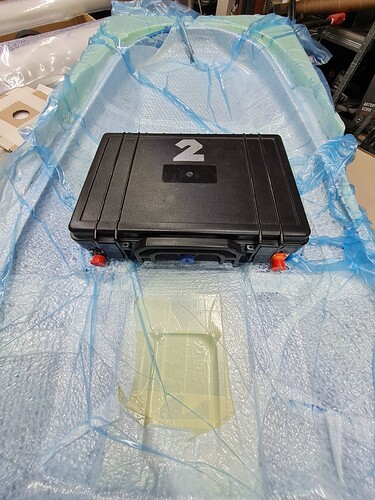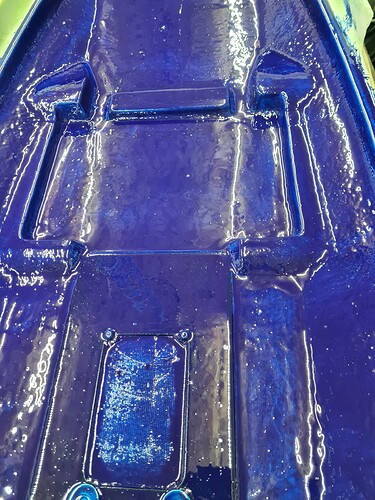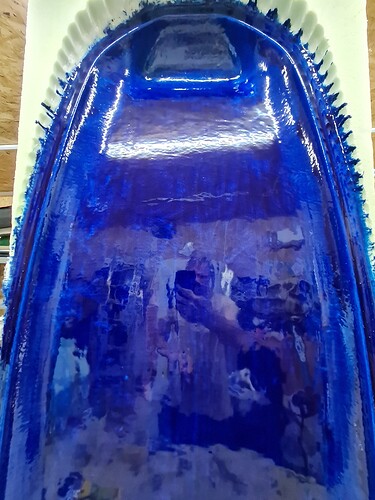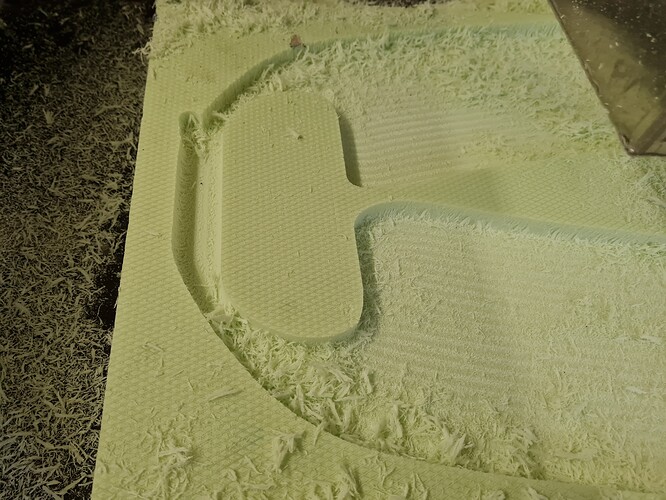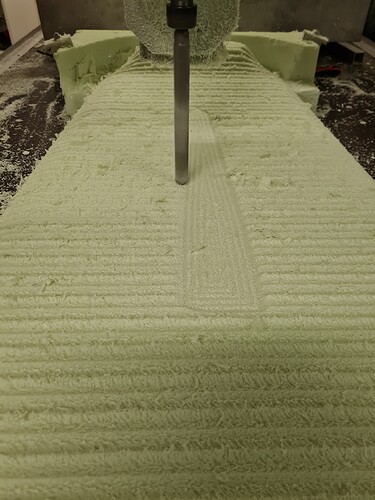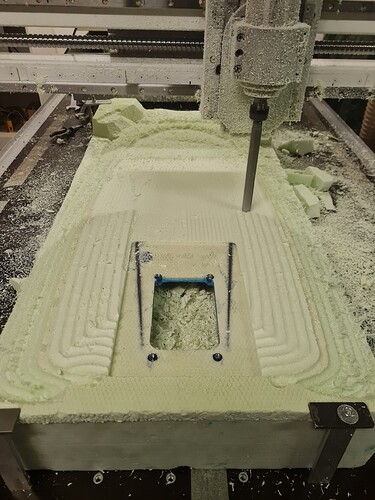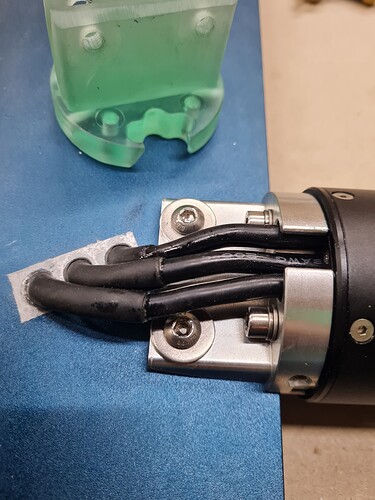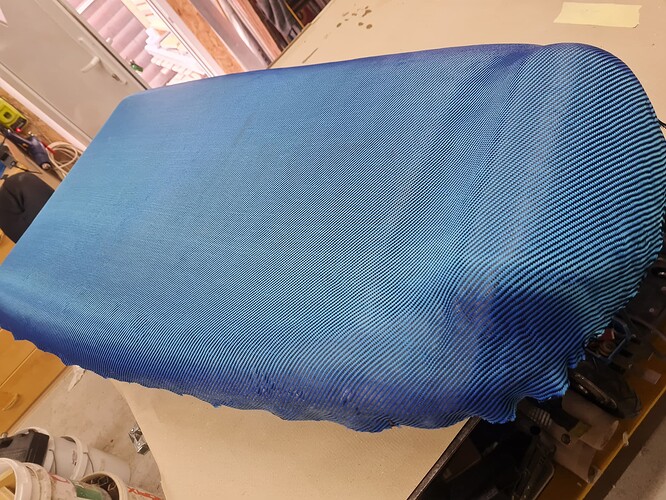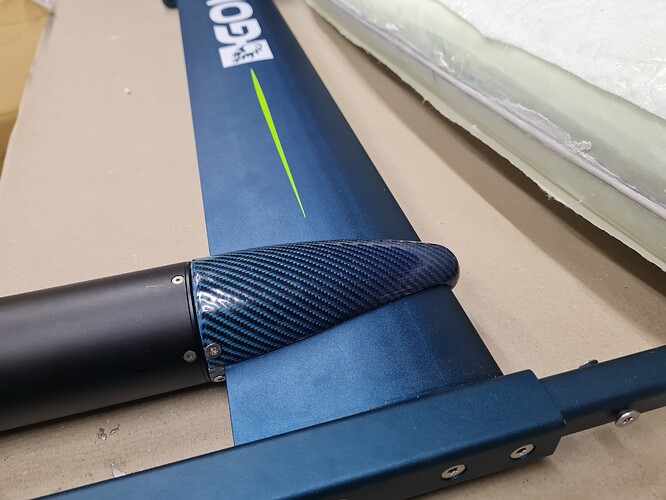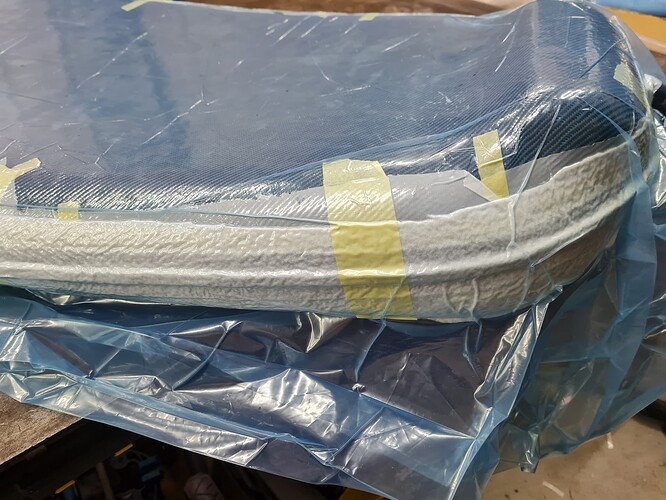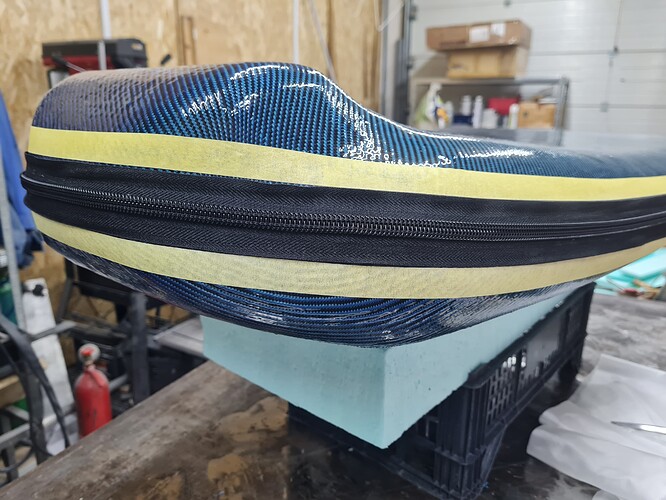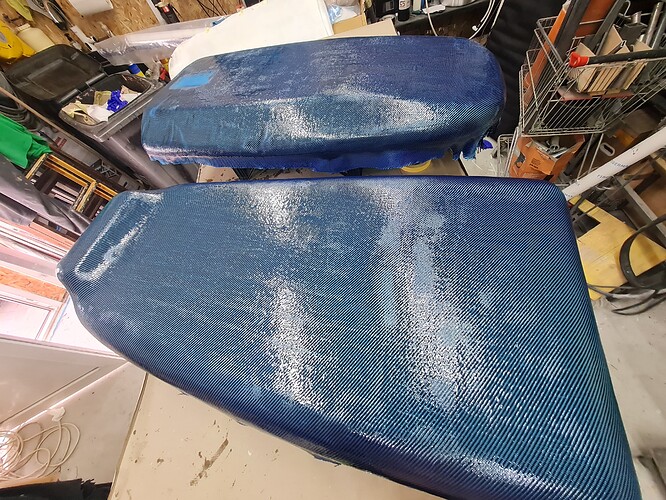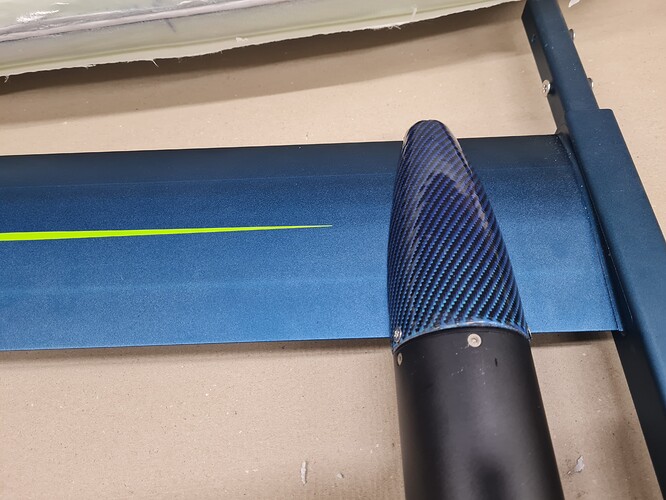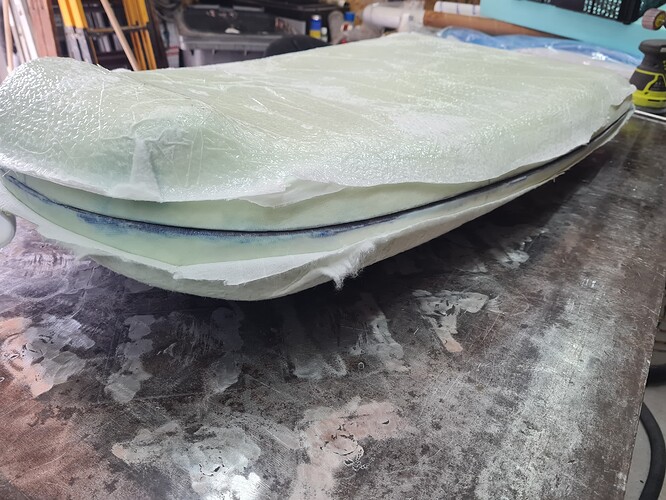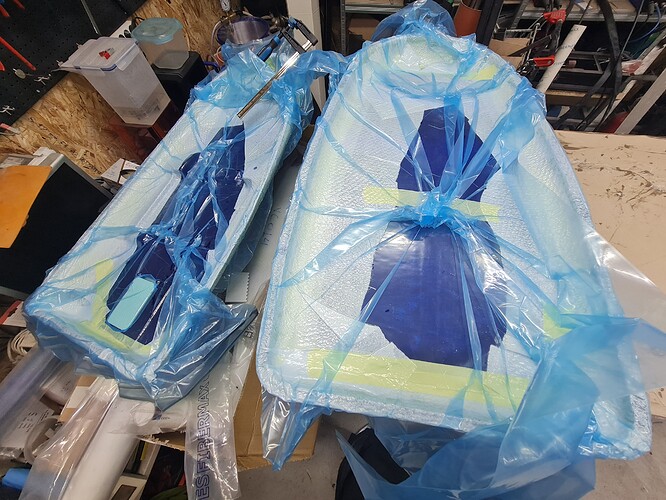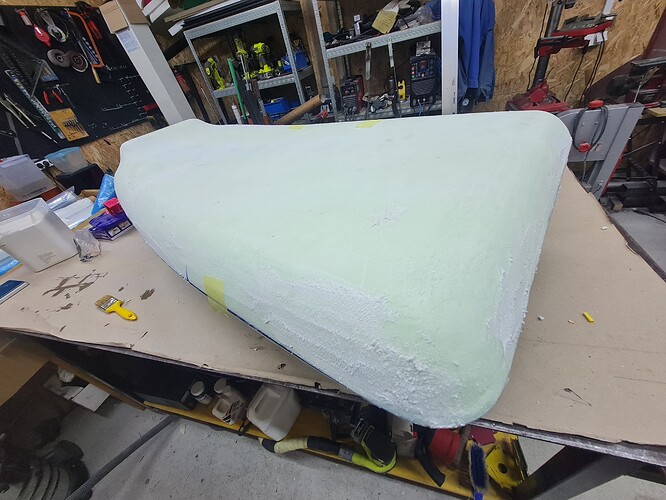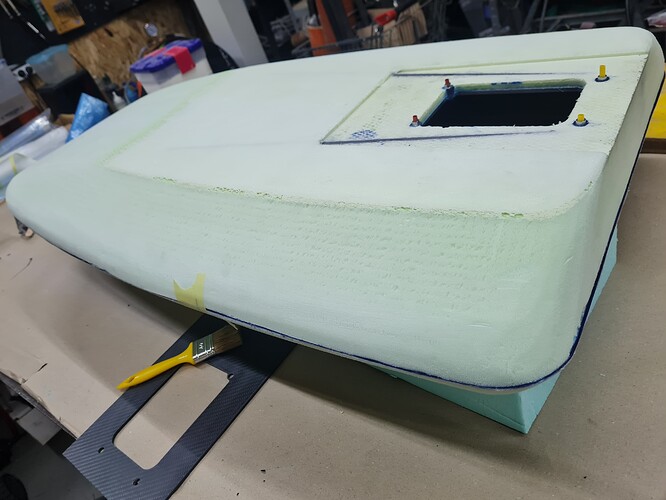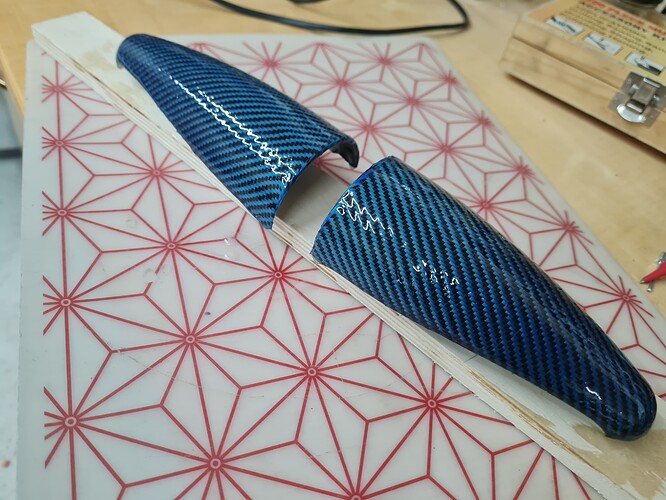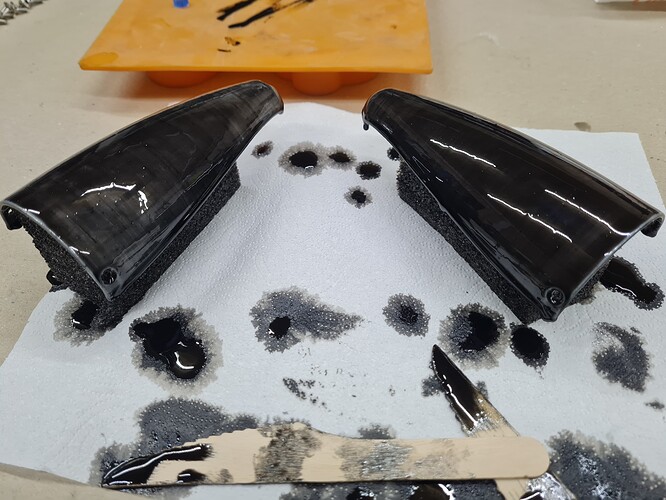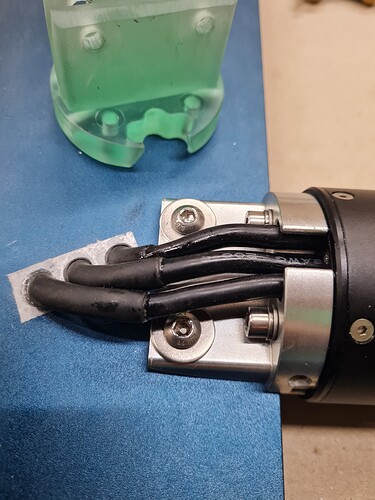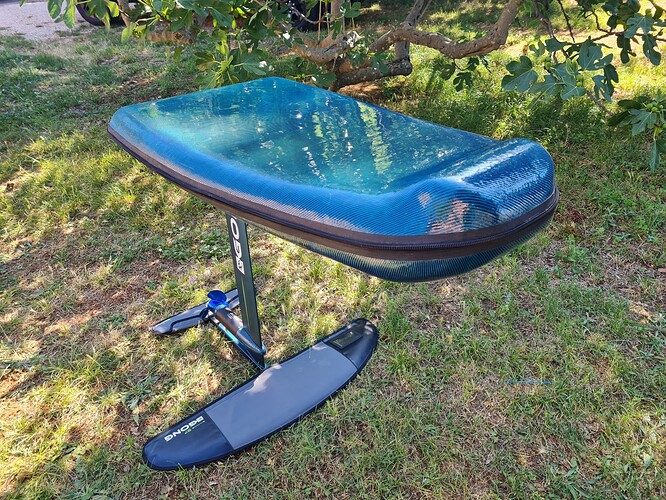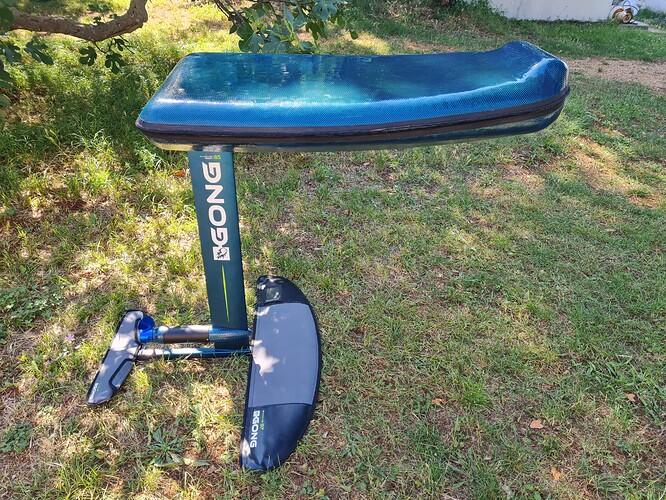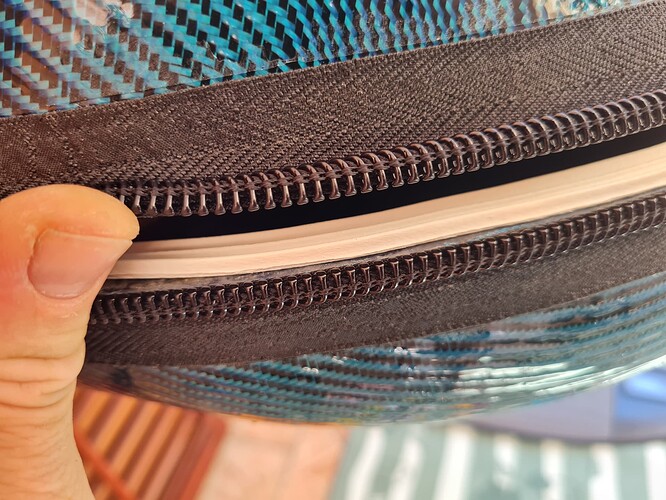It is just a bump at the top.
Thanks to @lukmo I can now replace 3D printed motor mount with alu. one. 3D print would probbably work but just to be on the safe side 
As I did this with the first build I’m uploading images in reverse order 
Next stop will be cleaning of doublesided tape and putting on the foam and seal.
Love the idea! What are you using for the zip. Have you seen the TiZips. Water/ air proof up to about 10psi. They do a full loop and be so the whole top shell could be removed. Really pricey though.
Love it! But how do you get the stiffness and force transfer from bottom to top sheet? Zips aren’t exactly load bearing things?
It is just a regullar tent zip. The biggest I could find.
The load is transfered from top shell to bottom and the zip just ensure that they do not “slip” out of alignment.
The zip is actually tensioned because the seal is placed in afterwards.
But that won’t transfer twisting loads? Isn’t board flexing too much during riding?
Probably not unless you carving rather hard. for a chilled “Sunday” efoil it would probably be fine.
I really do think it will be an issue since the comparably minimal play in the gong mast plate i had was making my board close to unrideable.
Some locking features (tap and hole, interlocking teeth and the likes) meeting on upper and lower part, maybe paired with some diagonal/zigzag compression straps to take the shear load/movement would be nice.
Anyway, theory is one thing, reality another, I’m looking forward to the ride reports! 
I didn’t have any issues with my first build that is virtually the same construction. I did some agresive turns and also some “unplaned” jumps and it was doing just fine.
This verson is even tougher.
So I have no worries.
That puts a perspective on the marketing of boards where you need the latest (insert marketing fluff here) to get the most of your board and riding.
I mean, a decoupled upper and lower shell lowers the stiffness ten times or so.
Actually, it depends on the shell individual thickness and stiffness.
Take 2 disposable plates (cardboard), no thickness, put them one on top of the other face to face as a flying saucer, try to twist the resulting volume, it bends.
Now take two ceramic kitchen plates, same layout and action, it doesn’t bend.
Here we are in the second case, both shells have 10-15mm foam thickness between the fibre layers so are stiff.
Sure, that’s exactly what i mean so i don’t see your point? The (low) relative thickness on the lower and decoupling of upper/lower from the complete body will give a completely different stiffness.
Take the cheapest foil board imaginable and it will be stiffer and have better force transfer than this - from feet to foil.
Please note that I really like the concept so i am just putting them into relation. It’s great that it works!

